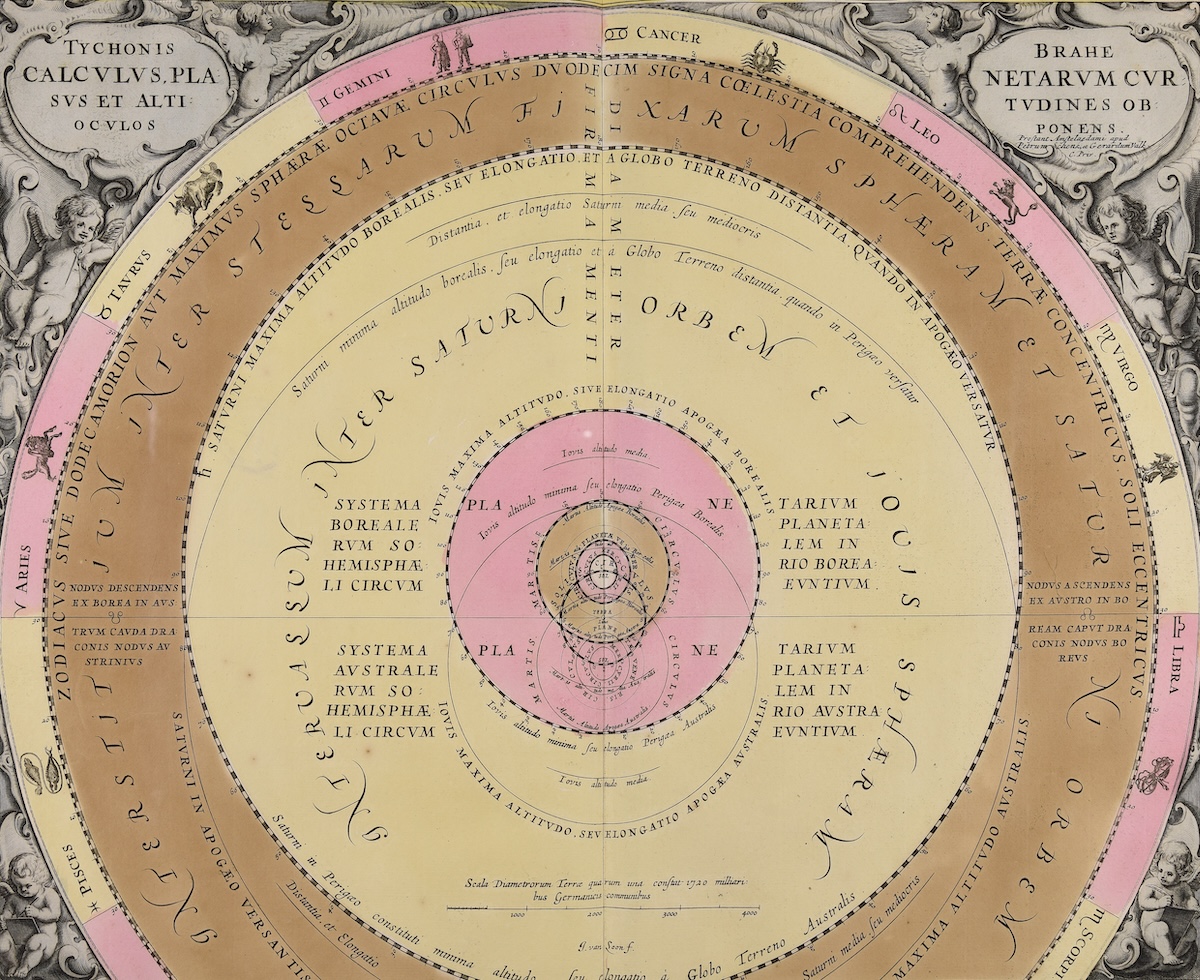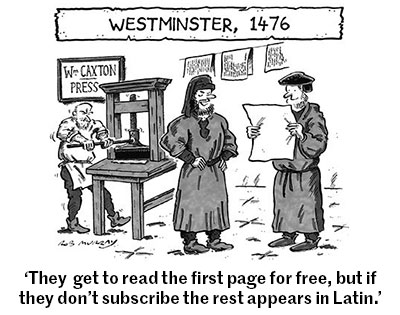Weighing up Galileo’s Evidence
What does it take to establish a new scientific truth? In the case of Galileo and heliocentrism, the death of its sceptics.

It is one of the most famous quotations that was never said: Eppur si muove (And yet it moves). Galileo Galilei’s muttered protest symbolises the triumph of scientific rationality over blinkered, obstructive theology. In the face of all the facts – or so runs the mythology – Pope Urban VIII had refused to accept that the earth is in perpetual motion around the sun. He condemned the heretical astronomer to the relatively mild punishment of house arrest, although melodramatic illustrations show a handcuffed elderly man being thrust down the steps of a dark dungeon as he vainly proclaims the truth.
This conveniently versatile story has been hyped up to represent struggles not only against the Catholic Inquisition, but against other oppressive ideologies. In Nazi Germany, the playwright Bertolt Brecht fictionalised Galileo’s experiences to condemn political authoritarianism. After the war, he gave his script a further twist to condemn the American bombing of Japan and was hauled in front of the House Un-American Activities Committee.
